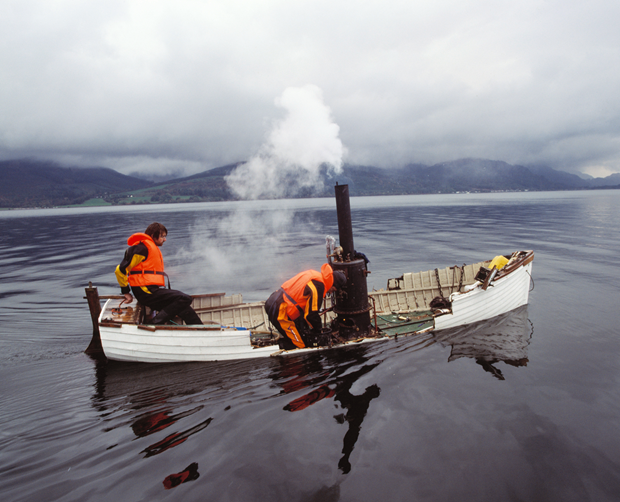
The Phaidon guide to art speak - Altermodern
Decoding the language of art criticism - one knotty phrase at a time. Today, a word for what's after postmodernism
People don't really talk about postmodernism any more. Should we look for a word to replace it? Well, Altermodern is a term the influential French theorist and curator Nicolas Bourriaud launched on the art world with his 2009 iteration of the Tate Triennial. It attempts to give shape to a generation of artists coming of age after postmodernism, in the first decade of a century defined by the juggernaut of globalised commerce, rolling out standards and squashing diversity.
Bourriaud identifies a strain of resistance in art that never settles, and which refuses discreet forms: Lindsay Seers’ constantly re-edited, retold film of her own life for instance; Seth Price’s appropriation and redistribution of other people’s art and music; or Simon Starling's tricksy, historical creations and projects. These are works with past lives and a future of inevitable change.

Lindsay Seers, It has to be this way (2009)
Altermodern then describes a way of making where journeys dominate, not just in space but also in time. Bourriaud’s major touchstones here include the haunted travelogues of WG Sebald: expeditions into both physical and psychic terrain, where history becomes a polymorphous, elusive chaos and our sense of cultural identity and thus selfhood falls apart. He also cites the archipelago as a key notion, a cluster of interrelated forms. Unlike historical modernism, which saw time as a straight line upon which it was the newest, highest point, to be altermodern is to conceive of time as multiple and mixed. A thing or event might be experienced any number of ways, as in Tris Vonna-Michell’s rapid-fire monologues where personal anecdote and official history mutate.

Tris Vonna-Michell, Auto-Tracking: Ongoing Segments (2008), performance at Jan Mot, Brussels, Image courtesy of Jan Mot, Brussels © Filip Vanzieleghem
For Bourriaud, what makes this kind of modernism brand new is that for the first time it’s global in reach. Rather than drawing inspiration from a local scene, as he puts it "the artist turns cultural nomad." The African artist Marthine Pascale Tayou’s hybrid sculptures and installations sporting the detritus he collects on his journeys and emphasising the interconnectedness of everything and everyone, would be an example here. As Bourriaud writes, "the line is more important than the points along its length." Are you convinced? Well, you can read the full altermodern manifesto here, and for a richer understanding of the kind of art being made in our late, great age, get a copy of The 21st Century Art Book.